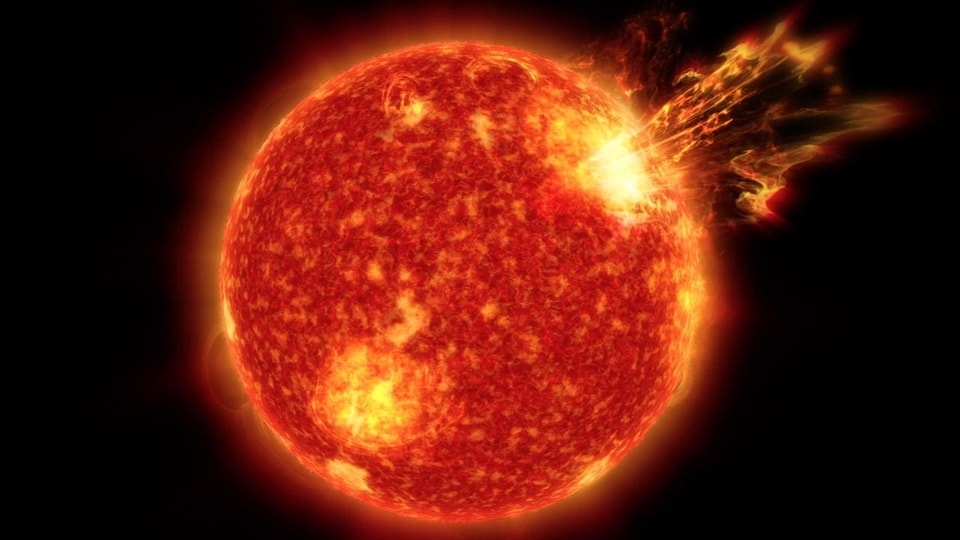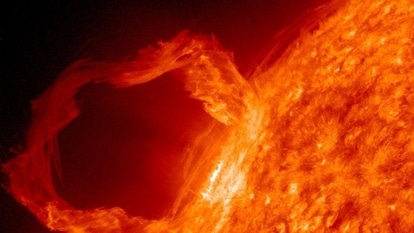Surreal! NASA shares DEAFENING screams of the Sun; Listen to the scary sound
The audio tech aboard the NASA Solar and Helioscopic Observatory (SOHO) has detected sound waves emerging from the Sun. It can drive anyone DEAF!






 View all Images
View all ImagesLast month, NASA made a remarkable discovery when it recorded the sound coming from RS Puppis, a Cepheid variable star which is located about 6,500 light-years away. But that's not all the sound we can hear from space. Our own star, The Sun, also makes a really eerie sound that is so loud it could even deafen everyone on Earth. This would happen if sound could propagate through space. But because it doesn't, we have never heard it before. But the NASA Solar and Helioscopic Observatory, a spacecraft tasked with monitoring the Sun, has captured the sound coming from it using an instrument known as Michelson Doppler Imager (MDI).
Posting the raw audio on YouTube, the official YouTube channel of NASA said, “These are solar sounds generated from 40 days of the Solar and Heliospheric Observatory's (SOHO) Michelson Doppler Imager (MDI) data and processed by A. Kosovichev”. It also highlighted the procedure used to process the sound. The unfiltered sound data was collected and then only the doppler velocity data that had been averaged around the solar disk was isolated. Further, various steps were taken to eliminate spacecraft motion noise and instrumental noise. Finally, the data was filtered at around 3mHz.
NASA SOHO shares the scary sound of the Sun
Interestingly, the sound of the Sun is extremely loud. The sound that reaches the Earth from the Sun has been calculated to be around 100 decibels by the time it reaches the Earth as per data from American Academy of Audiology. That means right next to the Sun, the sound will be so loud that it would instantly deafen a human ear. The intensity of the sound of the Sun was figured out by astronomers by recording acoustic pressure waves in the Sun.
Check the sound of the Sun below:
While listening to this sound is interesting, astronomers collect such sound waves to better understand the structure of the Sun. For example, using acoustic science, it was understood that the sound on the Sun is produced by constant flow of rising hot plasma near its atmosphere and subsequently cooling core.
Catch all the Latest Tech News, Mobile News, Laptop News, Gaming news, Wearables News , How To News, also keep up with us on Whatsapp channel,Twitter, Facebook, Google News, and Instagram. For our latest videos, subscribe to our YouTube channel.


























